Breadcrumb
In-silico development and assessment of a Kalman filter motor decoder for prosthetic hand control
Up to 50% of amputees abandon their prostheses, partly due to rapid degradation of the control systems, which require frequent recalibration. The goal of this study was to develop a Kalman filter-based approach to decoding motoneuron activity to identify movement kinematics and thereby provide stable, long-term, accurate, real-time decoding. The Kalman filter-based decoder was examined via biologically varied datasets generated from a high-fidelity computational model of the spinal motoneuron pool. The estimated movement kinematics controlled a simulated MuJoCo prosthetic hand. This clear-box
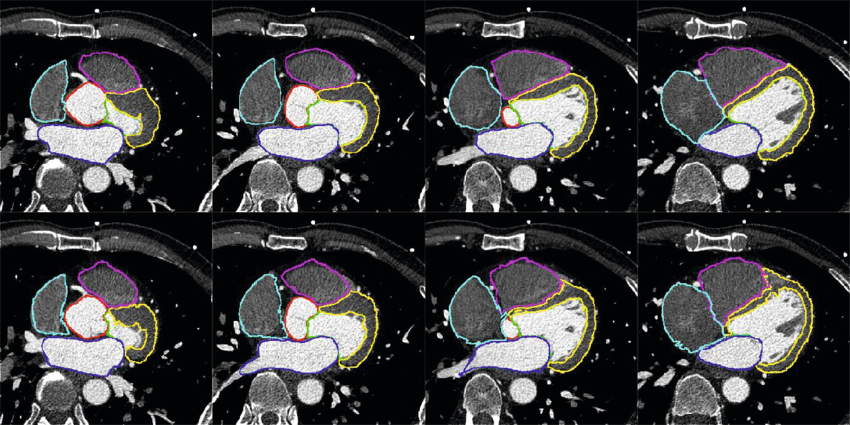
Myocardial segmentation using constrained multi-seeded region growing
Multi-slice short-axis acquisitions of the left ventricle are fundamental for estimating the volume and mass of the left ventricle in cardiac MRI scans. Manual segmentation of the myocardium in all time frames per each cross-section is a cumbersome task. Therefore, automatic myocardium segmentation methods are essential for cardiac functional analysis. Region growing has been proposed to segment the myocardium. Although the technique is simple and fast, non uniform intensity and low-contrast interfaces of the myocardium are major challenges of the technique that limit its use in myocardial
Improved Semantic Segmentation of Low-Resolution 3D Point Clouds Using Supervised Domain Adaptation
One of the key challenges in applying deep learning to solve real-life problems is the lack of large annotated datasets. Furthermore, for a deep learning model to perform well on the test set, all samples in the training and test sets should be independent and identically distributed (i.i.d.), which means that test samples should be similar to the samples that were used to train the model. In many cases, however, the underlying training and test set distributions are different. In such cases, it is common to adapt the test samples by transforming them to their equivalent counterparts in the
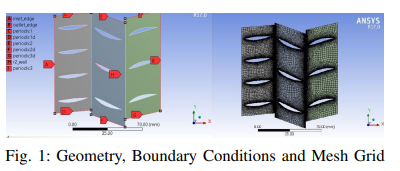
Optimized Preliminary Design of a Multistage Low-Speed Axial FLow Compressor
This paper proposes a technique based on a MAT-LAB code capable of getting an optimized preliminary design of an efficient low-speed compressor qualified for laboratory experiments with relatively low cost. The code was made to design five repeated compressor stages on two steps conducted iteratively, namely 'mean line and radial design' to determine the optimum compressor geometry and then the 'off-design' to test the stability of the design in other working conditions. The optimization tool minimizes a flexible cost function which can be changed if needed to get different designs. A certain
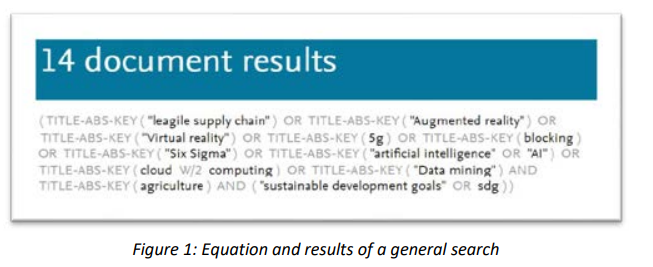
Logistics 4.0 technologies in agriculture systems: Potential impacts in the sdg
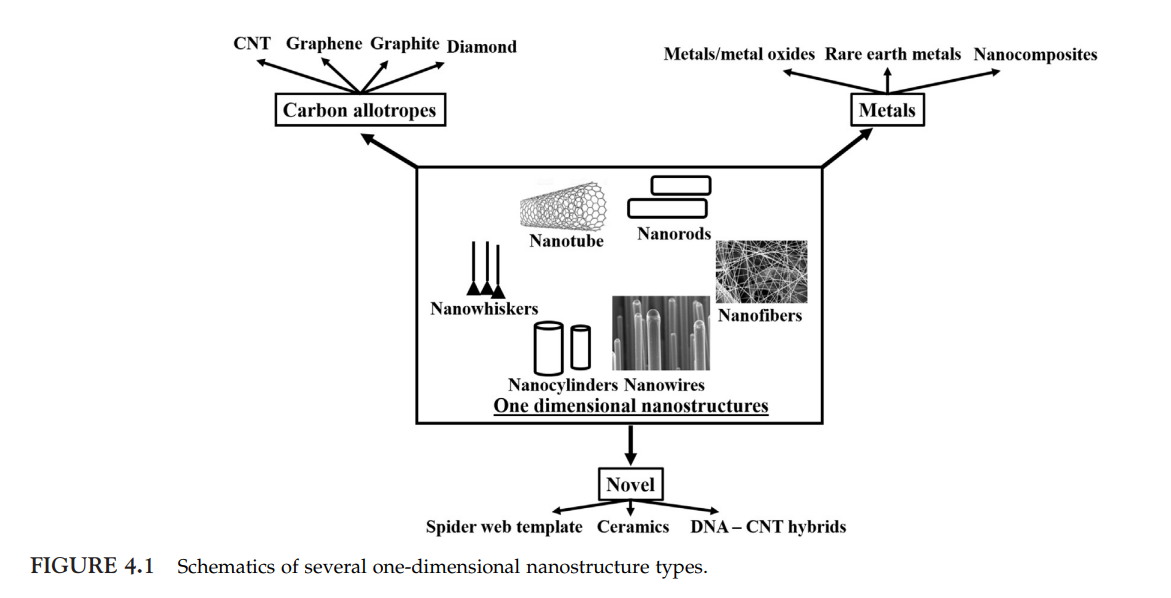
Sustainability of one-dimensional nanostructures: Fabrication and industrial
[No abstract available]

Joint relay assignment and adaptive modulation for energy-efficient cellular networks
Energy efficient operation of cellular systems becomes a core design goal for economic and environment-friendly network operation. Several studies have shown that the energy consumed in base stations represents 60-80% of the energy consumption in cellular networks. In this paper, we develop an optimization framework that exploits several energy efficient techniques including switching power modes of base stations, Adaptive Modulation (AM), and the use of relays. Our main objective is to reduce both, transmitted and circuit power, subject to satisfying the quality of service constraints. To
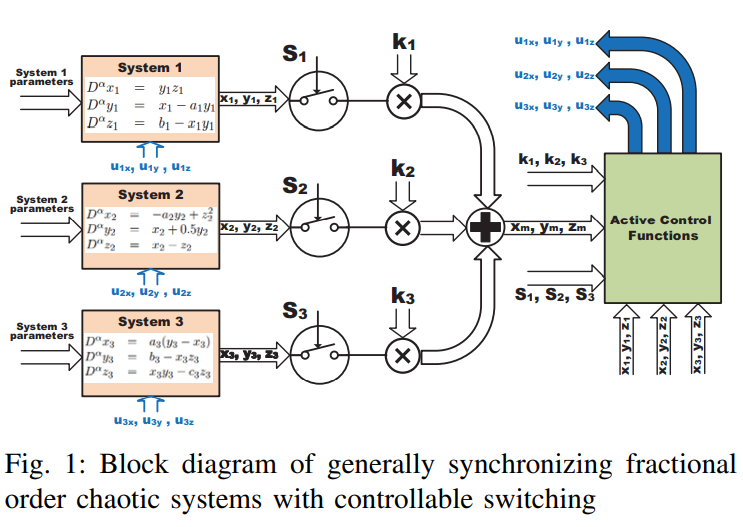
Switched active control synchronization of three fractional order chaotic systems
This paper discusses the continuous effect of fractional order parameter on two chaotic systems. Switched synchronization of three different fractional order chaotic systems is presented as an extension for synchronizing two different systems using active control. The proposed technique, which is based on the switching parameters and the scaling factors that control the choices of master and slave systems, is explained. The NonStandard Finite Difference method is used for the numerical solution of the fractional order master and slave systems. Four cases and many numeric simulations are
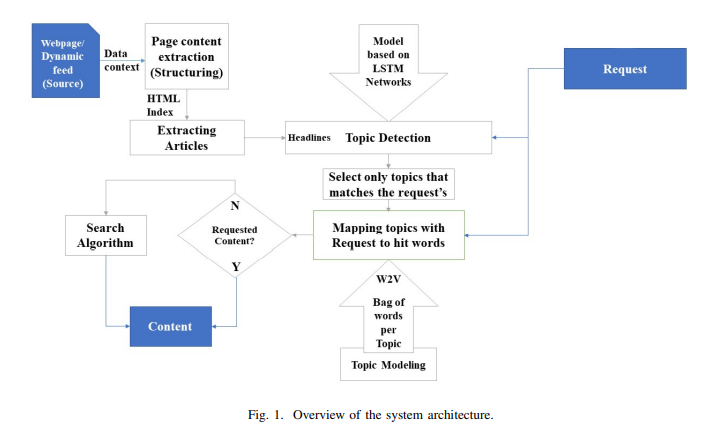
Towards Intelligent Web Context-Based Content On-Demand Extraction Using Deep Learning
Information extraction and reasoning from massive high-dimensional data at dynamic contexts, is very demanding and yet is very hard to obtain in real-time basis. However, such process capability and efficiency might be affected and limited by the available computational resources and the consequent power consumption. Conventional search mechanisms are often incapable of real-time fetching a predefined content from data source, without concerning the increased number of connected devices that contribute to the same source. In this work, we propose and present a concept for an efficient approach

FlexSim Simulation to Enhance Productivity of a Production Cell : A Case Study
The use of modelling and simulation as a decision-making tool has increasingly been recognized to solve industrial problems. Modeling and simulation are utilized in this study to assess, analyze, and provide recommendations for improving the performance of an existing production cell in a manufacturing plant. To analyze the performance of the assembly line under investigation, multiple key performance indicators (KPIs) are determined. With the aid of FlexSim simulation tool, an improved system is recommended after running more than 90 different scenarios to enhance the productivity. The
Pagination
- Previous page ‹‹
- Page 6
- Next page ››
